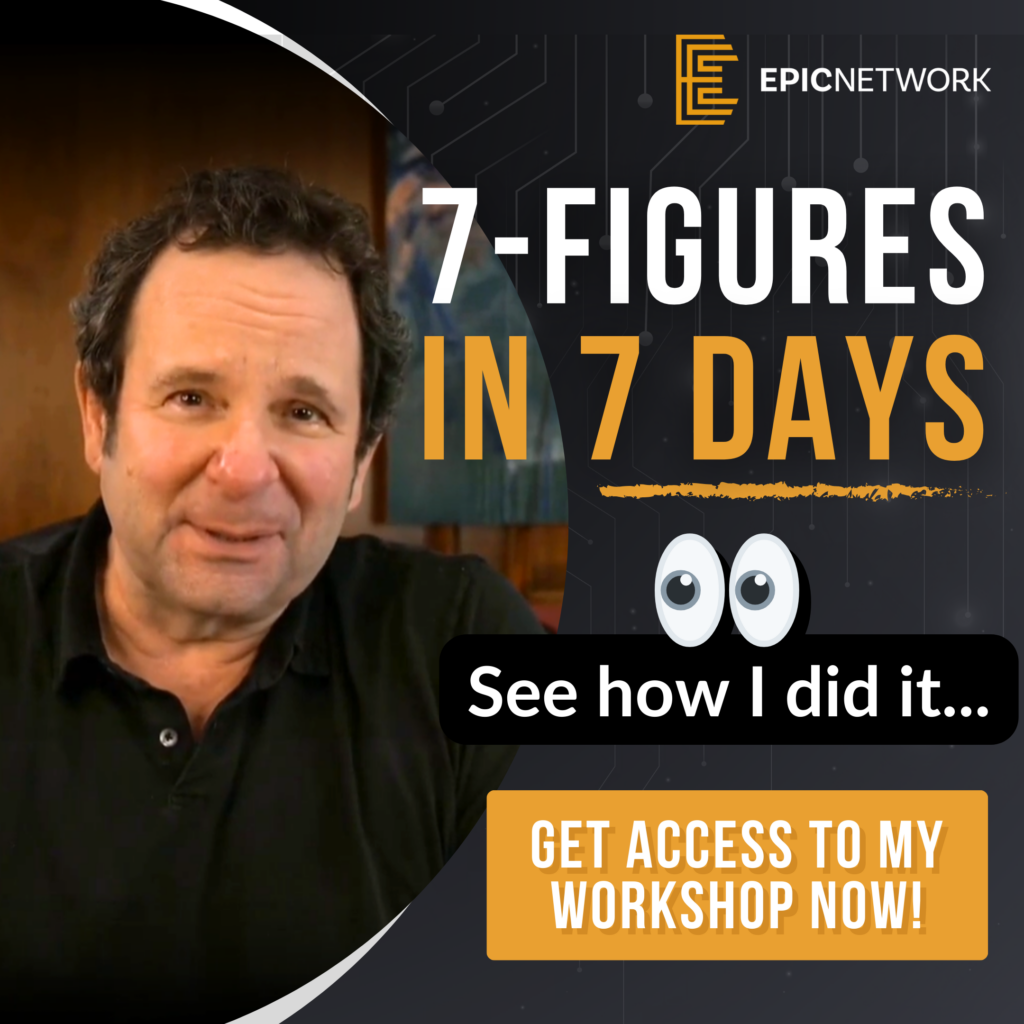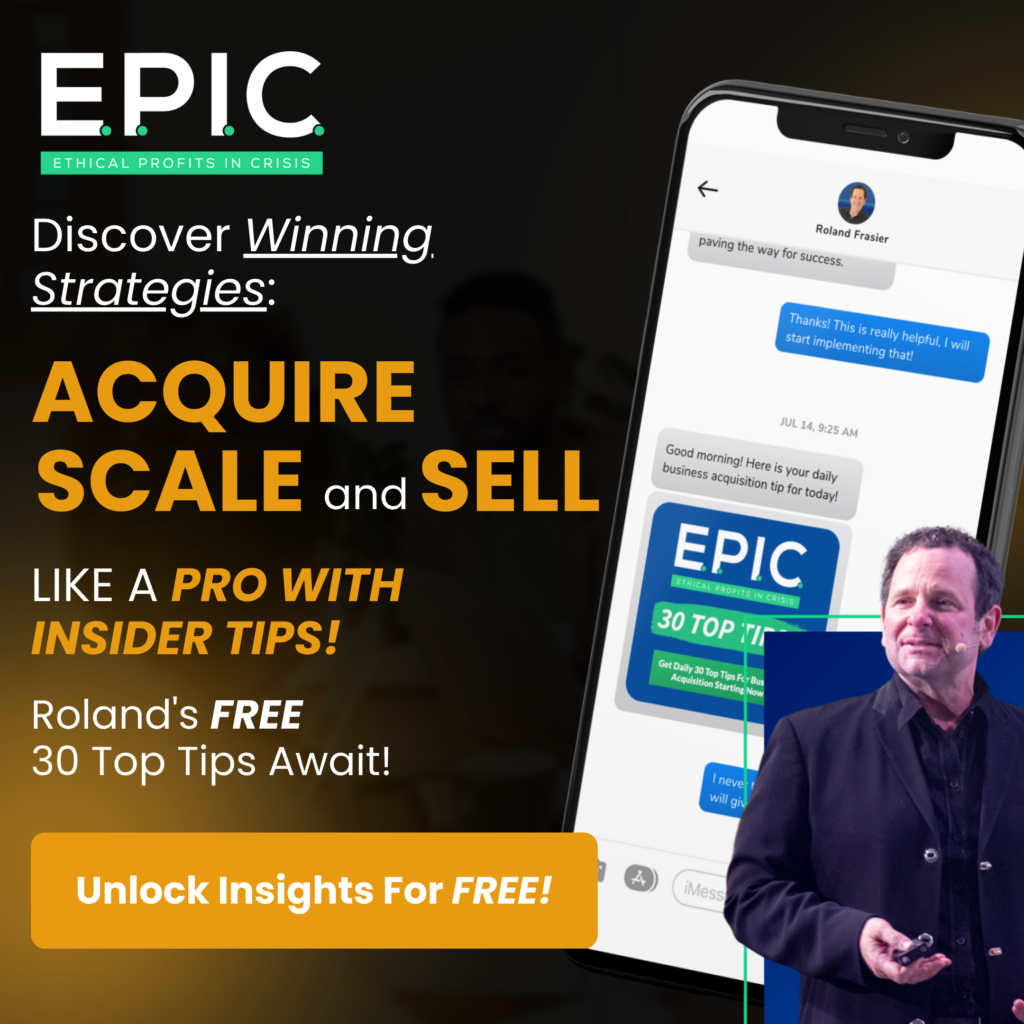
Introduction: How to Value and Monetize Social Media Groups
Valuing and monetizing LinkedIn and Facebook groups is an essential skill for turning online communities into profitable assets. Whether you’re considering buying a group or figuring out how to generate income from one you already own, understanding the factors that determine value is key. From analyzing engagement metrics to structuring performance-based deals, this guide will walk you through how to unlock the full potential of social media groups.
How to Value LinkedIn and Facebook Groups
Why Profit Is the Key Metric
When valuing LinkedIn and Facebook groups, the most reliable metric is profit. Groups that consistently generate revenue from ads, sponsorships, or memberships are inherently more valuable than those that haven’t been monetized.
- Profit Valuation Model: Groups are often valued based on one year’s profit. For example, if a group earns $10,000 annually, it may sell for around that amount.
- Engagement Analysis: Profitability is often tied to how engaged the members are. Active groups with frequent posts, comments, and interactions tend to offer better monetization opportunities.
Member-Based Valuation
In cases where groups haven’t been monetized, sellers often price them based on the number of members. For example, a seller might ask for $2 per member for a group with 6,500 members, resulting in a $13,000 valuation.
- Assessing Value Per Member: If you’re considering paying based on member count, evaluate member activity and the niche’s demand to ensure the group offers potential ROI.
- LinkedIn vs. Facebook Groups: While LinkedIn groups often cater to business professionals, Facebook groups tend to serve a broader range of interests. However, platform alone doesn’t determine value—profitability does.
Negotiating the Purchase of Social Media Groups
Propose Earnouts or Seller Financing
For groups that lack profitability, it’s wise to structure deals using earnouts or seller financing to minimize upfront risk.
- Earnout Structure: Offer to pay the seller a percentage of future revenue until the agreed-upon price is met.
- Seller Financing: Negotiate a payment plan that spreads the cost over time, contingent on the group’s performance.
Avoid Overpaying for Non-Monetized Groups
If a group hasn’t generated revenue, its valuation should reflect this. Propose a nominal upfront payment and structure the remainder based on the group’s future performance.
How to Monetize LinkedIn and Facebook Groups
Diverse Revenue Streams
After acquiring a group, focus on implementing monetization strategies to maximize its potential:
- Sponsored Content: Collaborate with brands to promote their products or services.
- Membership Fees: Offer premium subscriptions for exclusive content or features.
- Affiliate Marketing: Share affiliate links and earn commissions on member purchases.
- Events and Webinars: Host paid events that cater to the group’s niche.
Evaluate Member Engagement
High engagement is a critical factor for monetization success. Analyze:
- Activity Levels: How often do members post, comment, or engage with content?
- Content Preferences: Which topics or formats generate the most interaction?
Comparing LinkedIn and Facebook Groups
The value of LinkedIn and Facebook groups depends on their engagement and monetization rather than the platform itself.
- LinkedIn Groups: Ideal for B2B opportunities, offering access to professionals for consulting, job boards, and industry events.
- Facebook Groups: Better suited for B2C strategies, including product promotions, affiliate marketing, and broader community engagement.
Key Insight: Profit Over Platform
A group’s profitability ultimately outweighs its platform when determining value.
A Practical Example: Negotiating for a LinkedIn Group
Imagine negotiating for a LinkedIn group with 6,500 members priced at $13,000 ($2 per member). Here’s how to approach it:
- Evaluate Metrics: Assess member activity and engagement levels to ensure the group offers monetization potential.
- Propose an Earnout: Suggest paying a portion of revenue generated from the group until the price is met.
- Align Payment with ROI: Ensure your payments reflect the group’s actual profitability and engagement.
Best Practices for Valuing and Monetizing Social Media Groups
- Focus on Profitability: Prioritize groups with proven revenue streams.
- Negotiate Smartly: Use earnouts and seller financing to reduce upfront risk.
- Engage the Community: Build trust and interaction within the group to increase its long-term value.
Conclusion: Turn Social Media Groups Into Revenue Generators
Valuing and monetizing LinkedIn and Facebook groups requires a strategic approach that blends data-driven valuation with creative monetization techniques. By focusing on engagement, negotiating favorable terms, and implementing diverse revenue streams, you can transform social media groups into lucrative business assets.
Resources to Explore:
Facebook Group Growth Strategies
How to Monetize LinkedIn Groups
Ready to explore acquisition strategies that fit your needs?
Book a Free Strategy Session with the EPIC Network to discover customized solutions to support your success.










